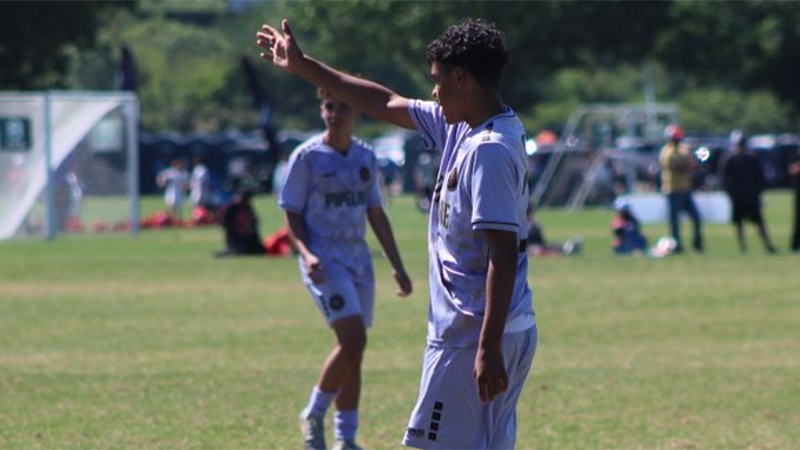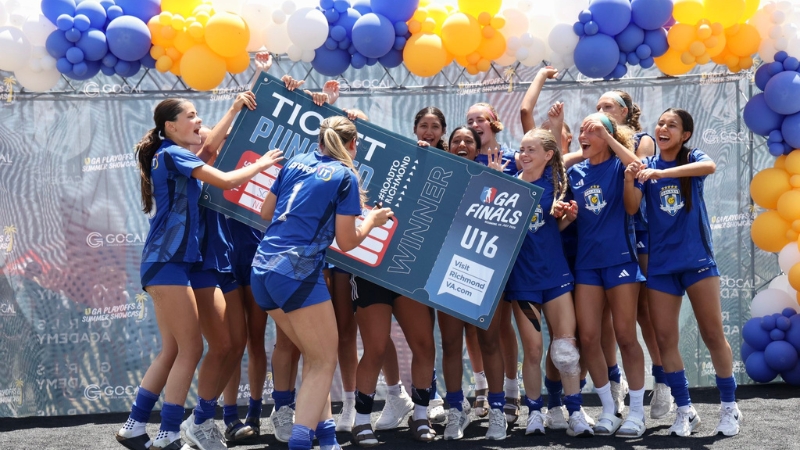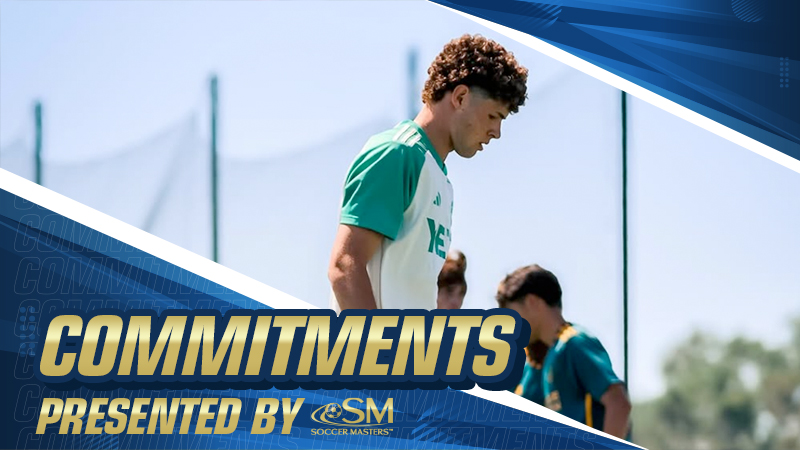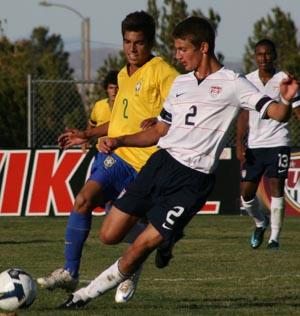 YNT player discovery has become less mysterious.
YNT player discovery has become less mysterious.How is USSF identifying & developing the best
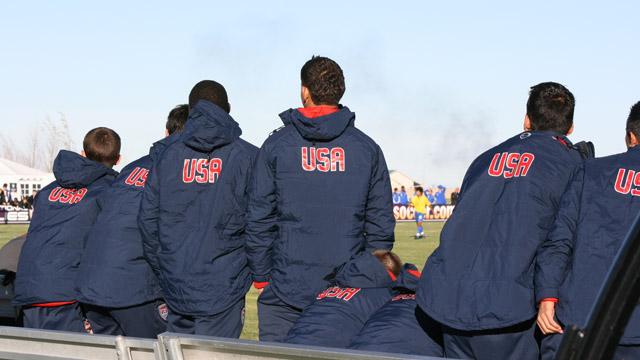
January 11, 2012
Following is Part 1 of a three-part series
How do you get on the national team?
It’s probably the question I’ve had asked of me more than any other in the 10 years I’ve been writing about elite youth soccer in America.
While simple desire to make it big is one genesis of such an oft-asked question, its popularity as a query has also been rooted in the fact that information about the process of selection has often been hard to come by. Add to that the tendency of soccer parents to automatically question such selections in relation to their own area of knowledge, whether warranted or not, and you have a nation of doubters when it comes to youth national team selection.
 YNT player discovery has become less mysterious.
YNT player discovery has become less mysterious.The implementation of the Development Academy and the broad expansion of a national youth scouting network have made the final versions of teams selected considerably less vulnerable to credible criticism from the vast youth soccer marketplace.
A major piece of this scouting component is the set of nine Technical Advisors in the organization, covering key market areas across the U.S. The current roster of TAs is as follows:
- Tony Lepore, Northeast (also Director of Scouting for USSF Youth National Teams ages U14 – U20).
- Hugo Perez, Northwest
- Rob Becerra, Southern California ( including Arizona & Las Vegas)
- Anthony Latronica, Texas, Oklahoma & New Mexico
- Tim Regan, Fronter Division and Chicago
- Eric Imler, Great Lakes and Colorado
- Juan Carlos Mecia, Southeast
- Chris Brewer, Mid and South Atlantic
- Richie Williams, New York, New Jersey and Philadelphia
The three primary responsibilities for each Technical Advisor include assisting with the coaching of youth national teams, overseeing and evaluating Developmental Academy clubs and conducting U.S. Soccer Training Centers on a regional basis.
Perez will be the head coach of the U14 BNT going forward, with Lepore having already assumed these duties for the U15 BNT. Williams is now leading the U18 squad, while Latronica is the goalkeeper coach for the U14 and U18 teams. Brewer is an assistant with the U14s, with Imler serving the same role for the U18s, and Mecia with the U17s. Becerra is the goalkeeper coach for the U15 BNT and also the U17 Women’s National Team. The technical advisers still play a role in facilitating the training centers on the girls' side, but a separate scouting network for the girls’ teams is being built under the leadership of WNT Development Director Jillian Ellis.
It is possible that some of the technical advisers could take an increased role with the U17 MNT setup following the departure of previous head coach Wilmer Cabrera, but nothing has been announced on this yet.
USSF Training Centers a central component to YNT talent identification
The training centers have been an important step by USSF to take more ownership of the youth national team identification process, which previously was farmed out almost entirely to the Olympic Development Program run by U.S. Youth Soccer. This led to a certain amount of confusion in the marketplace, but also a widespread feeling that national team coaches were getting a very incomplete view of the national playing pool by the time the process reached them for team selection.
Now USSF brings the top recommended players from every major market in the country to one-day events of varying frequency, where players are watched by coaches in a competitive format. Parents are kept at arm’s length and the players, largely in the 1998 and 1999 birth years for this season, get a taste of a national team training session and competition. The sessions typically have 50-60 players per market. The frequency of the training centers differs based on market, with Southern California for instance having more than one per month, while other markets with less history in advancing players to national team level conducting an event every four to six months.
The TAs are also responsible for sifting through the many player recommendations from coaches in the given area. Lepore said the process of getting coaches on the same page as to what constitutes a potential national team player is coming along nicely, and that this has been another goal of having the training centers in individual markets.
“When we first started it was kind of all over the map,” Lepore said. “You could see why a coach liked and recommended a certain player, but they didn’t necessarily have a good gauge on what we were looking for, for the national team level. It has been good to have coaches come and watch the training centers in their own area and then have discussions with us afterward. In that follow-up they want to hear what we thought about their player of course, but we find most of the people care about the process being good and are careful to recommend players who should legitimately be considered. The process has taken some time to evolve in that way.”
In fact, the letters technical advisers send to area coaches announcing the formation of a training center, remind coaches that if they are felt to make ill-founded recommendations, it could affect how seriously future suggestions are taken.
Tomorrow: More on the U.S. Soccer Training Centers
Headlines
- Recruiting Roundup: June 23-July 6
- 2025 Women's Division I Transfer Tracker
- How Do I Get Scouted by TopDrawerSoccer?
-
Girls Academy U16 Finals Preview

-
ECNL Girls Playoffs: U15 Standouts

-
Commitments: High Hopes for High Point

-
ECNL Girls Playoffs: The U14 Stars

-
Girls Academy U15 Finals Preview

- TDS Girls Regional Rankings: Class of 2027
-
ECNL Boys Playoffs: Best from the U15s

IMG Academy Top 200/150 Rankings

